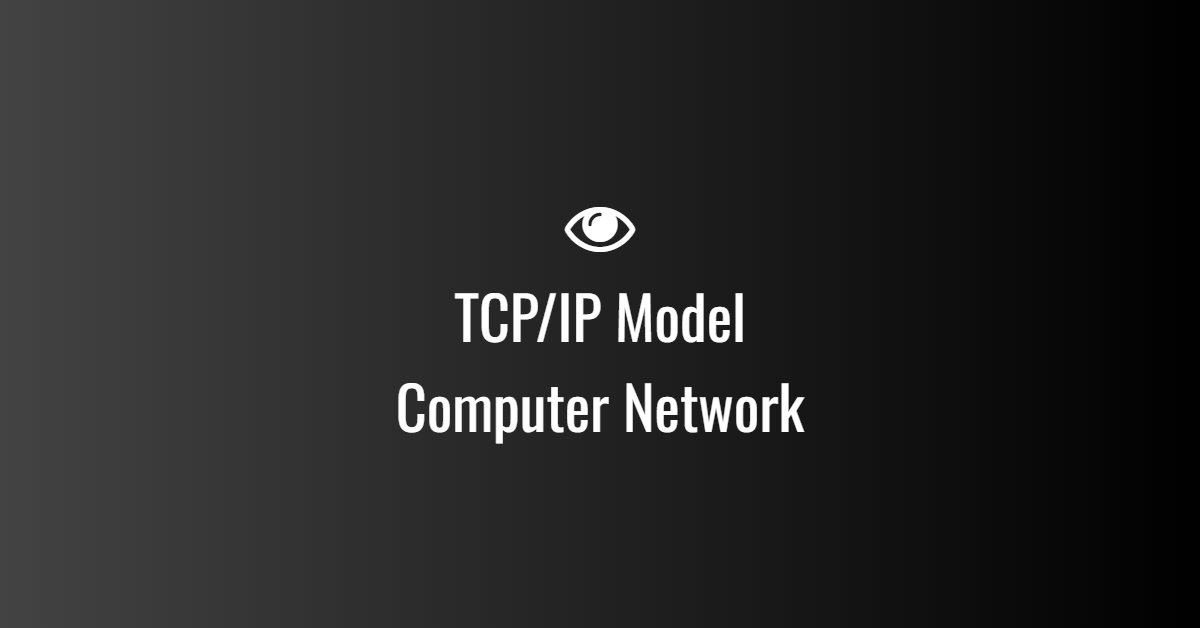
TCP/IP Model
TCP/IP is the fundamental suite of networking protocols that allows communication over the internet and other networks. It is a layered protocol model designed to facilitate data transmission, ensuring reliability, routing, and addressing.
Layers of TCP/IP Model
TCP/IP consists of four layers:
- Application Layer
- Provides network services to applications (e.g., web browsers, email clients).
- Common protocols:
- HTTP/HTTPS (Web browsing)
- FTP (File Transfer)
- SMTP (Email)
- DNS (Domain Name Resolution)
- Transport Layer
- Manages end-to-end communication between devices.
- Two primary protocols:
- TCP (Transmission Control Protocol) – Reliable, connection-oriented communication.
- UDP (User Datagram Protocol) – Faster, connectionless communication (used in streaming/gaming).
- Internet Layer
- Handles addressing and routing of data across networks.
- Key protocols:
- IP (Internet Protocol) – Defines IP addresses and routes packets.
- ICMP (Internet Control Message Protocol) – Error reporting and diagnostics (e.g., ping).
- ARP (Address Resolution Protocol) – Resolves IP addresses to MAC addresses.
- Network Access Layer (Link Layer)
- Manages physical transmission of data over network hardware.
- Includes Ethernet, Wi-Fi, and other data link protocols.
How TCP/IP Works
- Data is created at the application layer (e.g., an HTTP request).
- Transport layer (TCP or UDP) segments data and assigns port numbers.
- Internet layer encapsulates data in packets and assigns an IP address.
- Network layer sends packets to the destination via physical network (Ethernet/Wi-Fi).
- Reverse process occurs at the receiving end, reconstructing data for the application.
Comparison of TCP and UDP
| Feature | TCP (Transmission Control Protocol) | UDP (User Datagram Protocol) |
|---|---|---|
| Connection | Connection-oriented | Connectionless |
| Reliability | Reliable, ensures data arrives in order | Unreliable, no guarantee of delivery |
| Speed | Slower due to acknowledgments & retransmissions | Faster due to lack of error checking |
| Use Cases | Web browsing, emails, file transfer (HTTP, SMTP, FTP) | Streaming, VoIP, gaming (DNS, VoIP, video calls) |
Why TCP/IP is Important
- Standardized Communication: Ensures all devices can communicate over the internet.
- Scalability: Supports small and large networks.
- Interoperability: Works across different operating systems and hardware.




